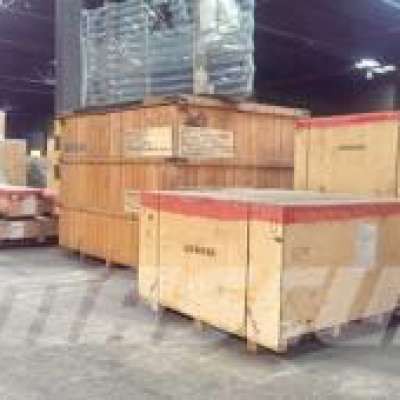How Far Away Is It - 2013 Update - Gaia (1080p)
Text at http://howfarawayisit.com/documents/
Welcome to our 2013 update. Each year, I'll accumulate the key Hubble and other
observatory discoveries that impact on our ―How far away is it‖ story. We have some new information on a number of our segments from the Solar System to the Cosmos.
There was big news on Voyager. I will be updating the Heliosphere segment as well as covering the news in this update.
For the Milky Way, we have news from Proxima Centauri to a distant light echo variable star. We have a star that looked older than the Univers; a bipolar planetary nebula (NGC 6537 the Red Spider Nebula); one of the oldest globular clusters known; and a sneezing star birth nebula. We also have news on our galaxy's outer halo; Hyades stars; HD 140283 Methuselah star; LRLL 54361 in IC 348 ; RS Puppis; M15; V376;
Outside the galaxy, we'll see the Magellanic Stream, which stretches nearly halfway around the Milky Way; the magnificent spiral galaxy M106 in the Virgo Supercluster; Supernovas in galaxy NGC 6984; and colliding galaxy NGC 922; Cartwheel Galaxy; Abell 68; Quasar 3C 273; SN UDS10Wil
In the Cosmos we have two supermassive galaxy clusters; a very bright quasar; and a type 1a supernova over 10 billion light years away.
We'll conclude with a look at Gaia, a brand new satellite orbiting the L2 Lagrange point. It will map over a billion stars and give us the best look yet at our home galaxy.
STEM

 Gold Silver Market Update
Gold Silver Market Update 





 admin
admin 











